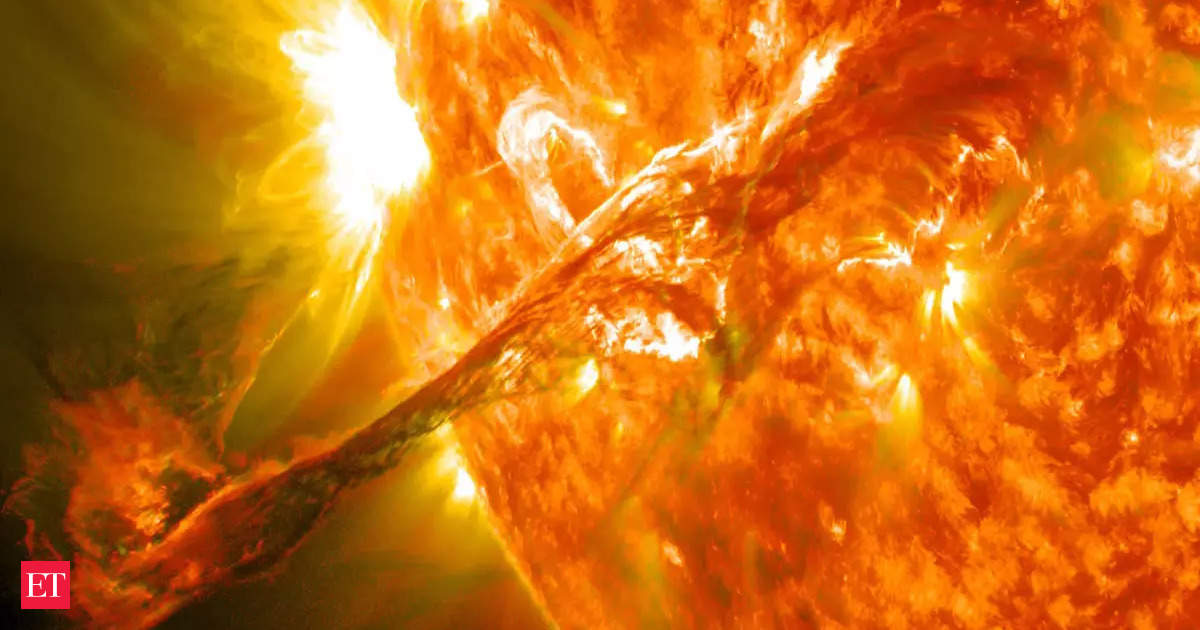Geomagnetic Storm is reportedly brewing and is likely to erupt on Monday. The Space Weather Prediction Center (SWPC) of the National Oceanic and Atmospheric Administration (NOAA) has issued a moderate G2 Geomagnetic Storm Watch for Monday. There is also a likelihood of moderate Northern Lights activity starting Sunday night into Monday morning, with the potential to witness the lights as far south as southern Wisconsin and northern Nebraska.
Ongoing solar eruptions have been sending plasma towards Earth, prompting the SWPC to issue another Geomagnetic Storm Watch. This activity has been leading to vibrant displays of the Northern Lights across certain parts of the US. The SWPC releases geomagnetic storm alerts to caution about potential disruptions to communication systems and spacecraft operations. During significant solar storms, widespread power outages and communication system failures are possible. Solar wind interactions with Earth’s atmosphere create the Aurora Borealis or Northern Lights, and intense space weather events can make these lights visible at greater distances from Earth’s poles.
The current ongoing solar cycle is likely to peak its intensity in 2024 and can potentially impact Earth’s space weather. Researchers at the Indian Institute of Science Education and Research (IISER), Kolkata, have found that approximately every 11 years, the intensity of solar activity reaches its peak, resulting in violent disturbances in space weather such as solar magnetic storms or coronal mass ejections that impact Earth’s satellites and telecommunications.
According to Dibyendu Nandy, Professor of Physics and Head, Center of Excellence in Space Sciences India, IISER, Kolkata, during intense solar storms, the Earth’s upper atmosphere expands outwards, introducing friction on low-Earth satellites. This friction can lead to a decay in the satellites’ orbits and reduce their lifetime. The most intense solar storms can cause serious damage to orbiting satellites, electric power grids, and telecommunications when directed at Earth.
In a study published in the journal Monthly Notices of the Royal Astronomical Society Letters, the researchers discovered a new relationship to help predict the occurrence of peaks in solar cycles. The ongoing solar cycle 25 is related to the Sun’s magnetism activity, which manifests as sunspots cycle and recycling of the large-scale solar dipole magnetic field.
In conclusion, a moderate G2 Geomagnetic Storm Watch has been issued for Monday, with the potential for Northern Lights activity. Ongoing solar activity and the upcoming peak of the current solar cycle in 2024 highlight the importance of monitoring space weather and its potential impacts on Earth’s systems and technologies.











